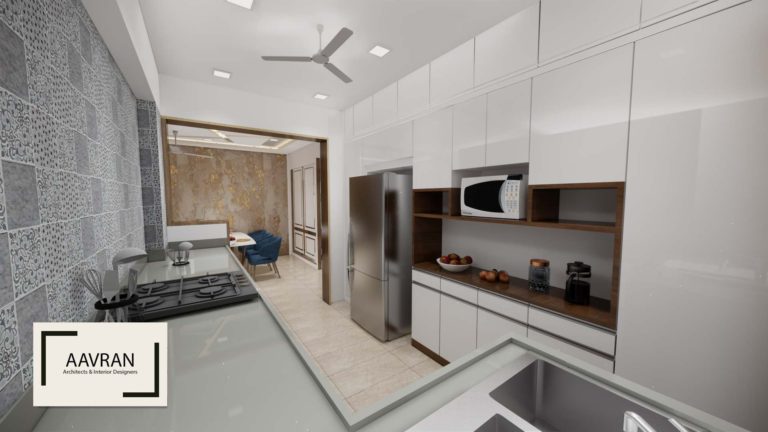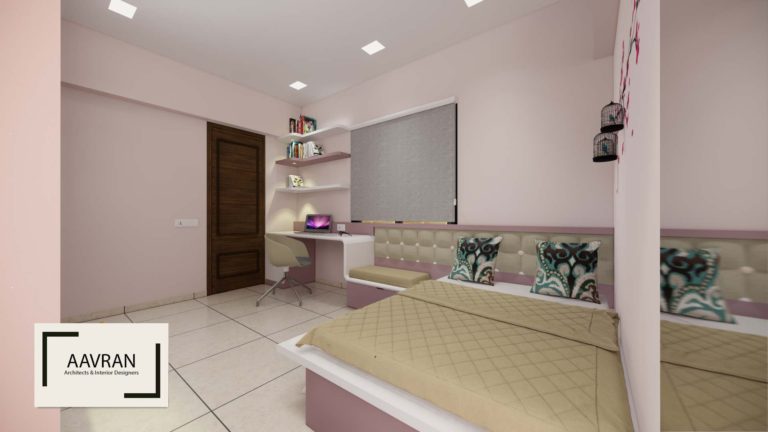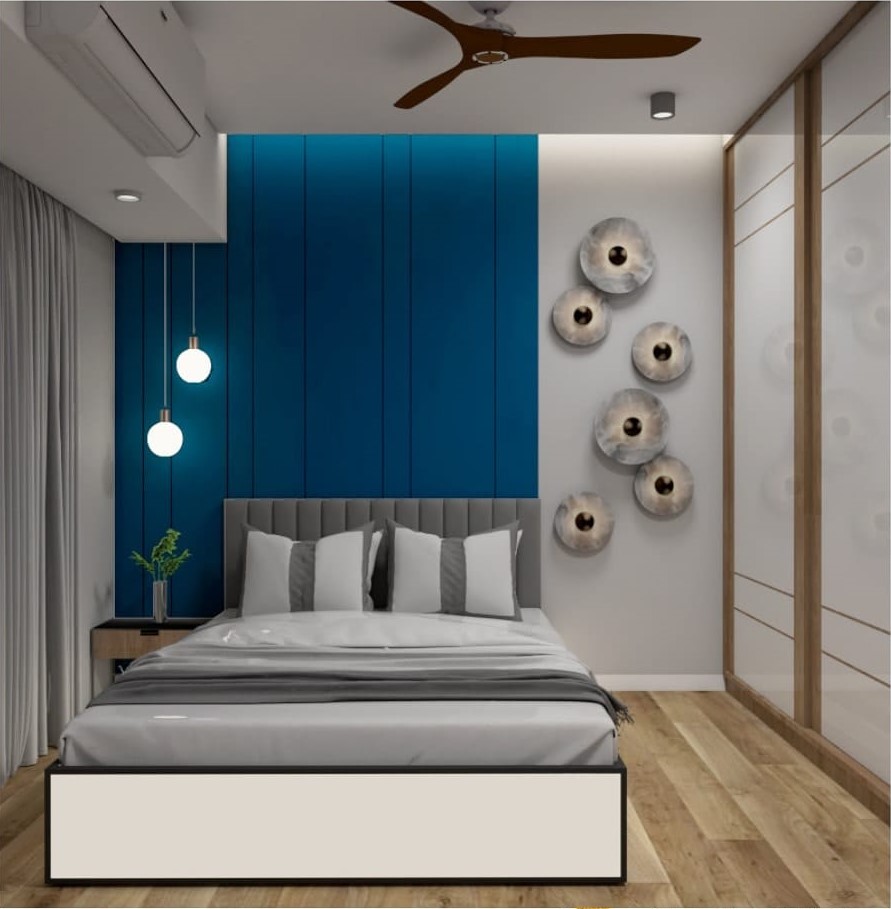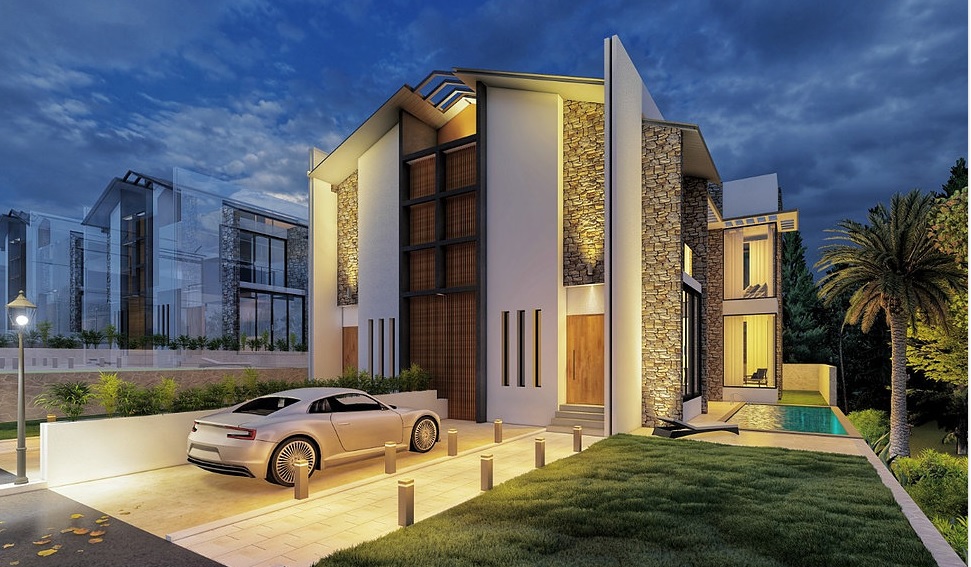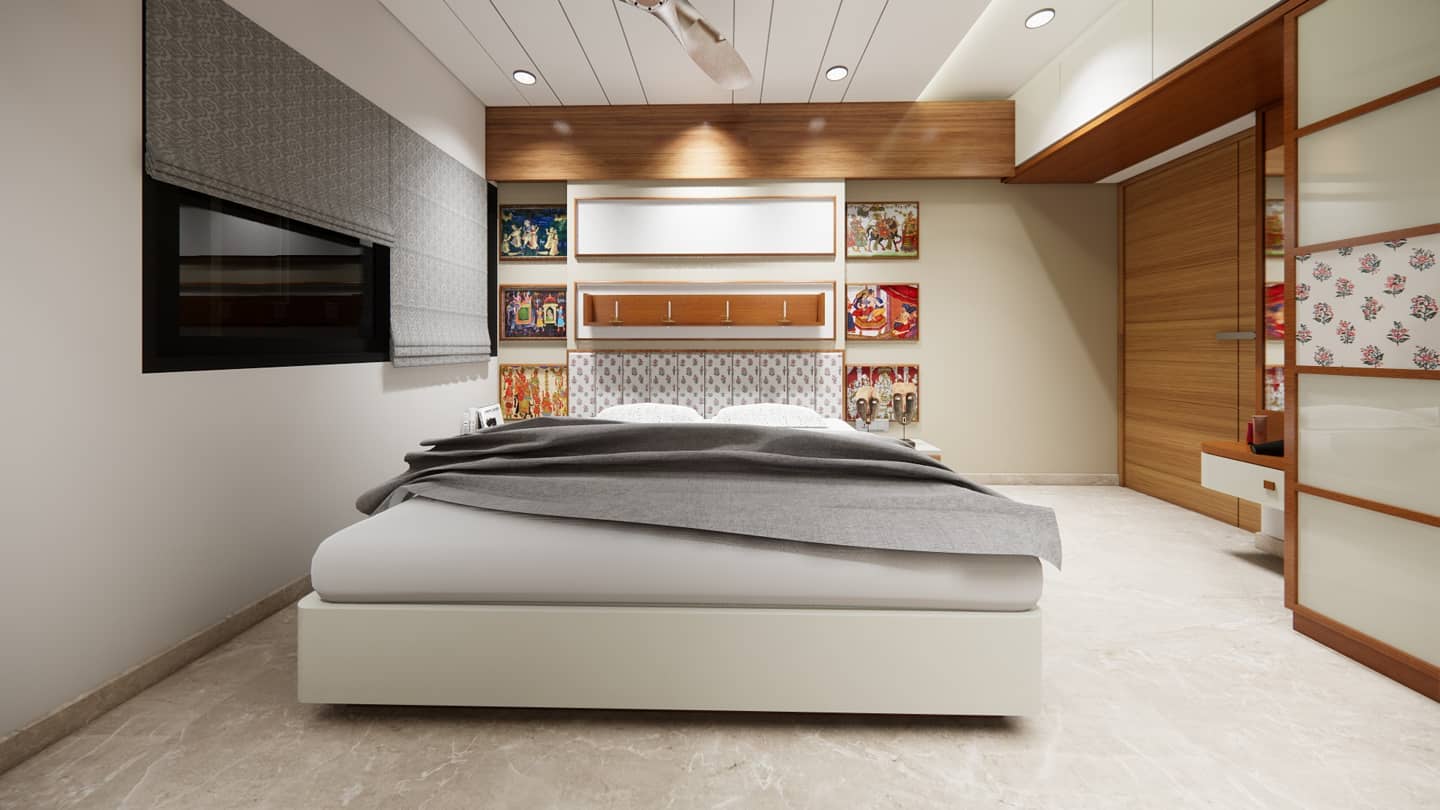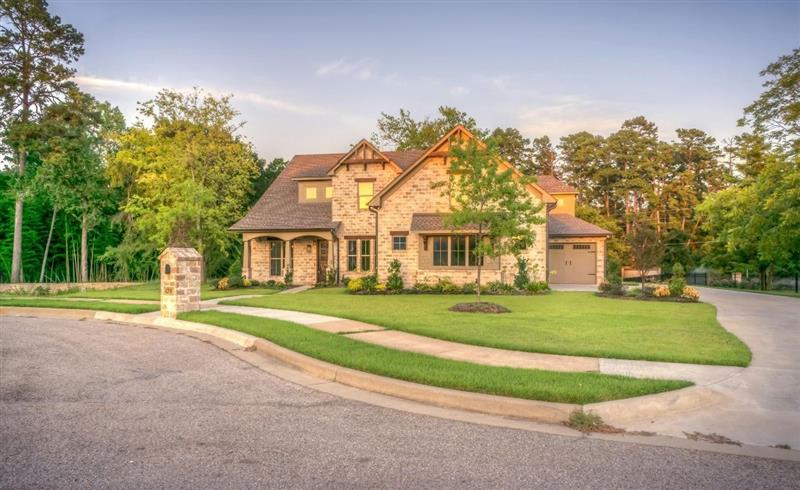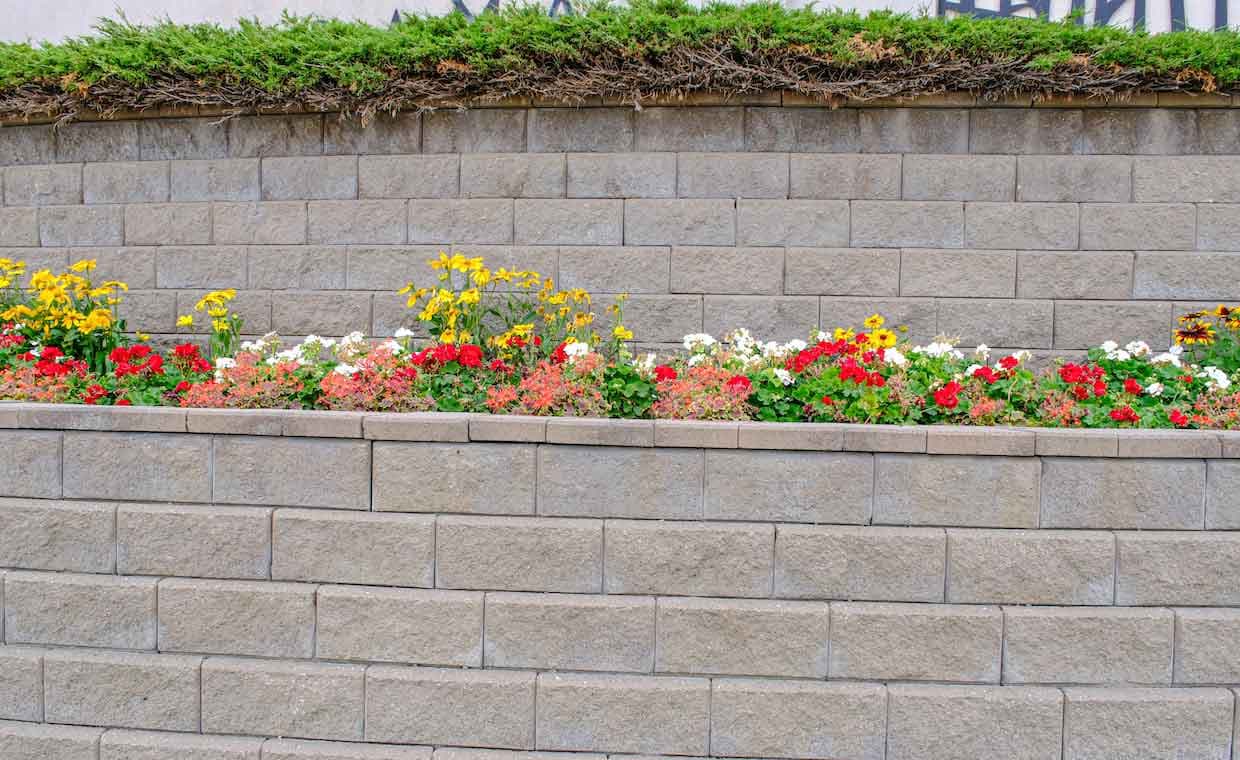
Table of Contents
Quick Summary
Benefits of Installing a Retaining Wall
- Safeguards property against soil displacement and foundation settlement.
- Resists lateral pressure from soil.
- Prevents soil erosion.
- Provides safety against flooding.
- Aids in rainwater diversion and harvesting.
- Reshapes uneven terrain into flat, usable land.
- Improves home aesthetics and curb value of a house.
- Reduces maintenance requirements.
- Creates multifunctional outdoor spaces.
Today, landscaping has evolved beyond just trimming trees and hedges. It’s about creating a holistic space that encourages relaxation and connection with nature. This is where retaining walls come into play, offering both functional and aesthetic solutions. They are ideal for preventing soil erosion, managing sloped terrains, or improving the visual appeal of your garden.
What is a Retaining Wall?
A retaining wall is a structure built to hold back or retain material behind it. A retaining wall is designed to resist lateral (horizontal) loads exerted by the retained material. They are essential for preventing soil movement, especially in areas with uneven terrain. Retaining walls are built where two adjacent ground levels differ significantly, such as in slopes, hilly areas, and road embankments.
They offer a wide array of benefits. In this blog, we present 10 key benefits of a retaining wall to help you understand why they’re worth considering.
The main function of a retaining wall is to hold soil in place and prevent it from sliding or collapsing. These walls are especially useful in hilly regions or areas with varying land elevations. They not only prevent soil erosion but also help create usable spaces by levelling the ground. Today, retaining walls are extensively used in gardens and landscaping, where both natural and artificial elevation changes are common.
Benefits of Retaining Walls
Retaining Walls Safeguard Your Property
Homes and buildings located at lower elevations are at vulnerable to soil sliding from higher levels. A well-built retaining wall prevents soil displacement, thereby protecting lower-level structures. Additionally, it stabilises soil around higher-level structures, preventing voids that could cause foundation settlement.
Retaining Walls Resist Gravity Loads
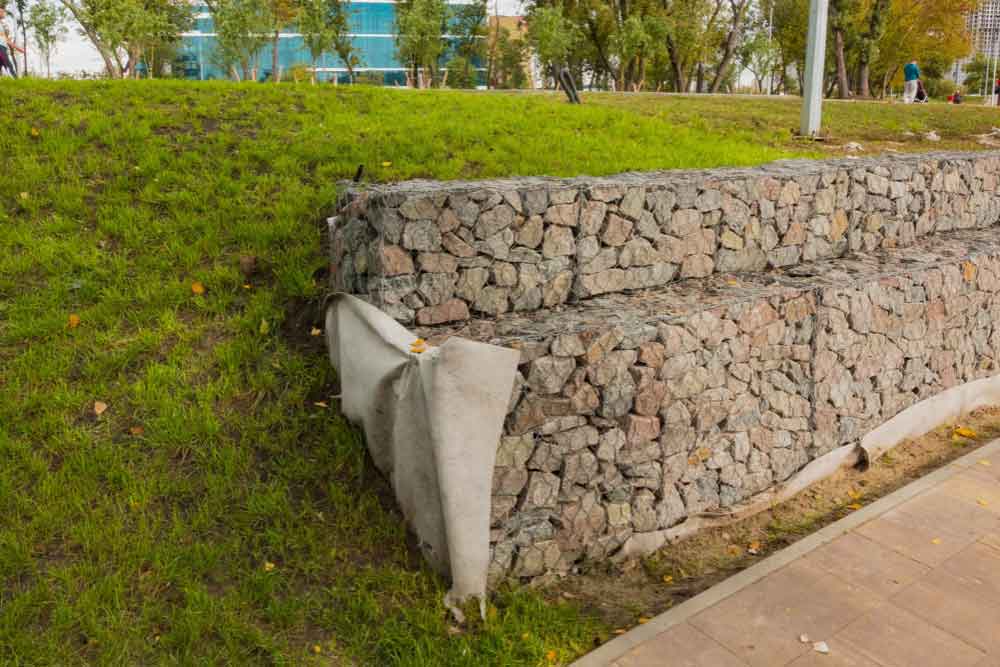
On sloped land, the gravitational force pulls the soil downwards. Building a retaining wall will solve this issue, as retaining walls resist lateral pressure. The purpose of a retaining wall here is to retain soil and avoid landslides and erosion.
Retaining Wall for Soil Erosion Prevention
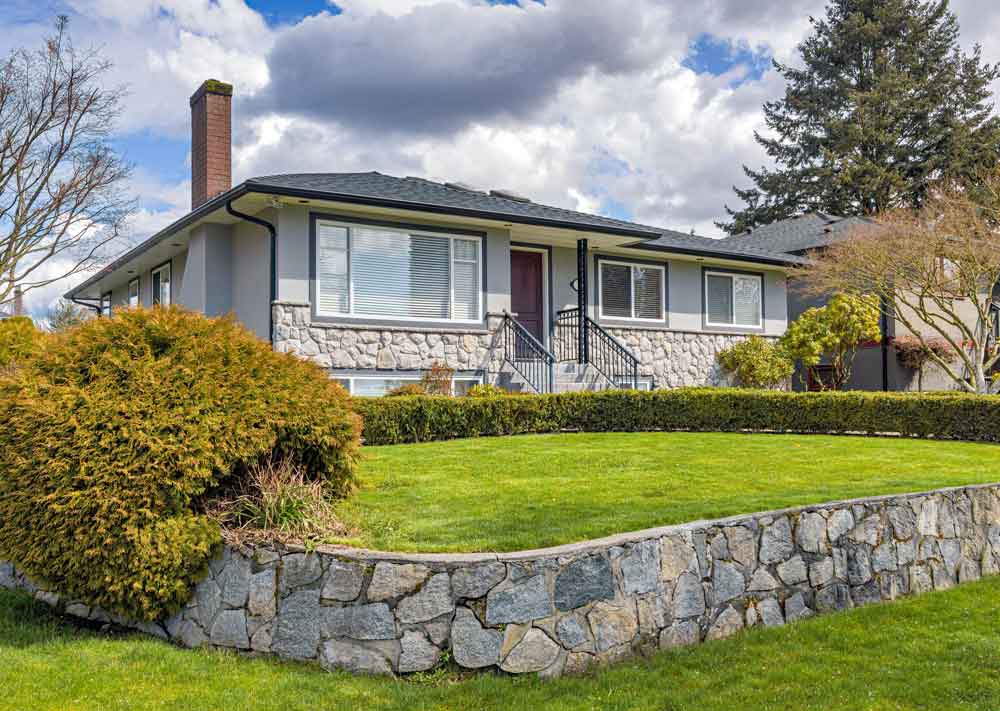
A retaining wall averts soil erosion. This is the most important benefit of installing a retaining wall. If you have a sloped area on your property, then you would often encounter the issue of soil toppling off. Constructing a retaining wall will hold this soil and give you a levelled surface.
Retaining Walls Control Flooding
In flood-prone regions, retaining walls serve as effective barriers. Retaining wall construction in flood-prone areas channelises rainwater without washing away valuable topsoil, thereby minimising property damage.
Retaining Walls Aid in Rainwater Management
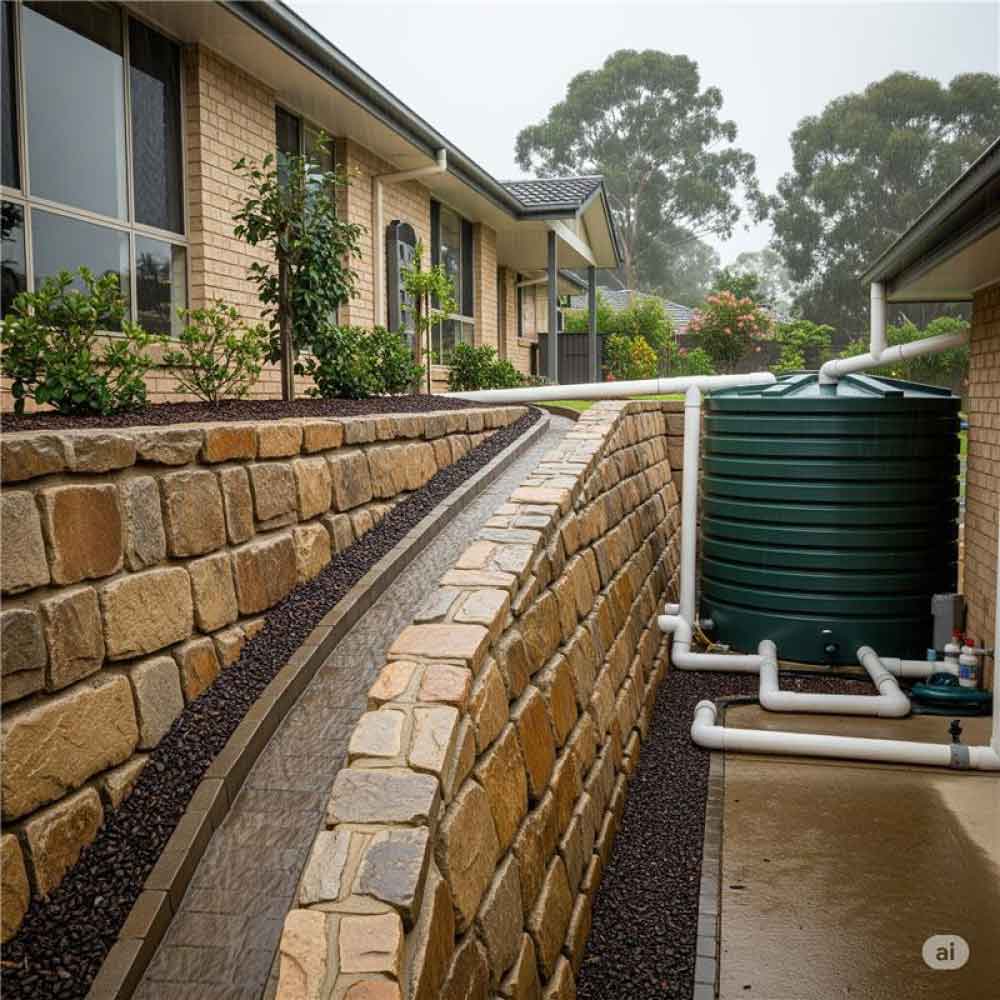
Courtesy - Gemini - AI Generative
The main purpose of a retaining wall is to hold soil behind it, but did you know that a retaining wall is also a better option than a masonry wall for redirecting rainwater? Yes, a retaining wall is best for diverting rainwater, which otherwise meets stormwater drains. Rainwater can successfully be diverted to underground water tanks for water conservation purposes, garden beds, and turf areas, promoting rainwater harvesting.
Retaining Walls Reshape Slopes
When the natural contours of your yard are uneven, installing a retaining wall will solve the problem. Retaining walls help reshape natural contours and create level surfaces ideal for patios, lawns, flower beds, etc.
Retaining Walls Enhance Property Aesthetics

If your yard has natural slopes, then there are many amazing retaining wall landscaping ideas. You can build an aesthetic retaining wall and allow it to highlight and beautify the sloping features, which can serve as a centrepiece in your backyard. You can also create a multi-tiered retaining wall, one above the other, if your contour variations are large, creating a terraced garden that gives your backyard a structured, elegant, and distinct appearance.
Also read: The Role of Landscaping in Enhancing Home Aesthetics
Retaining Walls Create Usable Land

You may be familiar with older neighbourhoods where homes are set up on a hill with a steep incline down to the street level. Having a garden is a challenge in such a setting. Building a retaining wall helps convert these slopes into functional space, ideal for gardens, children’s play areas or outdoor seating.
Retaining Wall Reduces Yard Maintenance
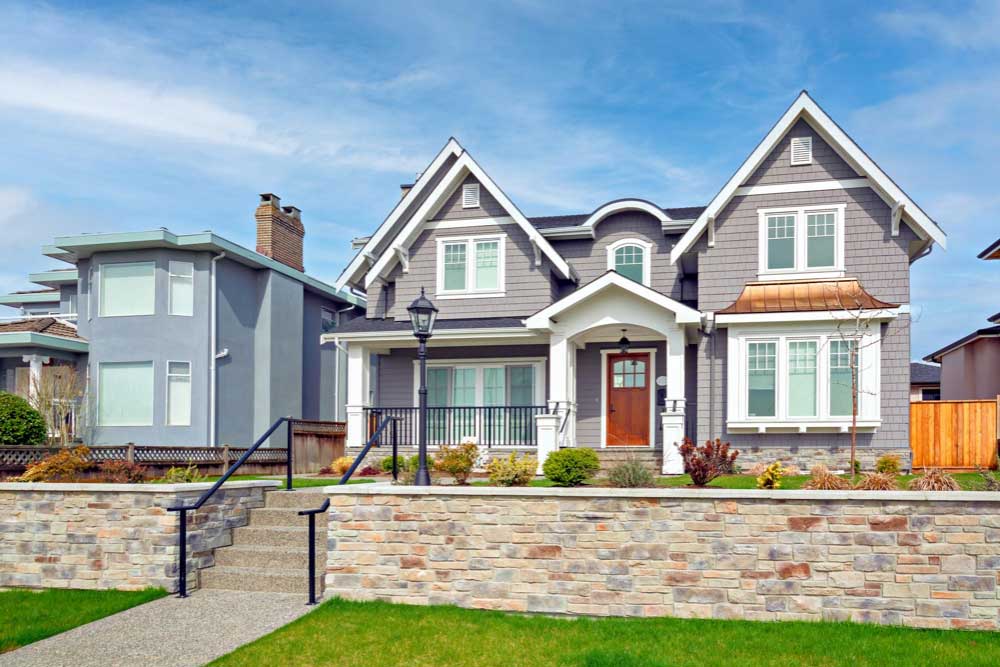
Surrounding your yard with a retaining wall reduces your annual fence maintenance and repair, minimises weed spread and protects delicate plants from erosion. With various types of retaining walls available, you get to choose the one that is both low-maintenance and aesthetically appealing.
Also read: Retaining Walls: Types & Their Uses
Retaining Walls Increase Property Value
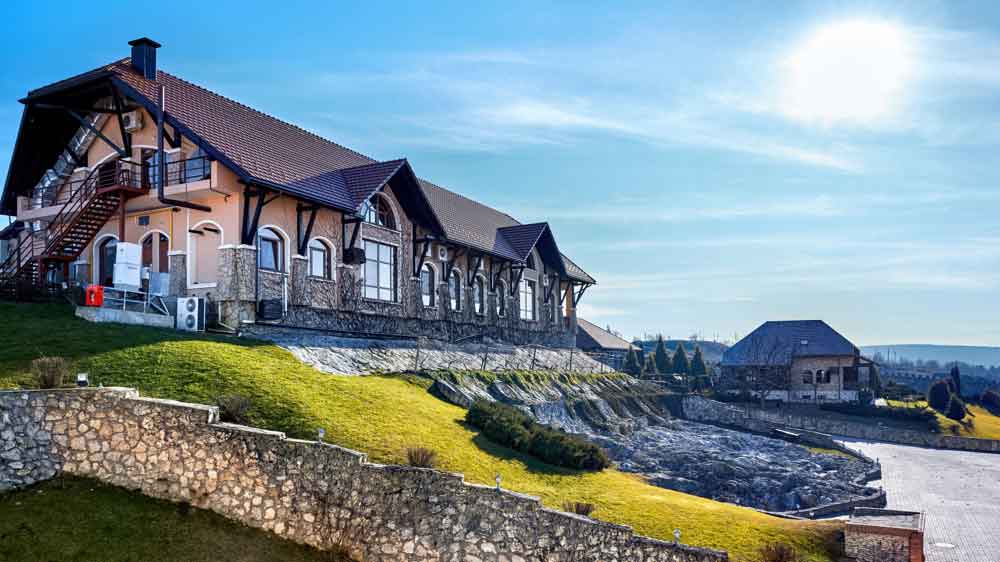
Curb appeal matters. Retaining walls are an asset to your property as they add both monetary as well as aesthetic value to your property. If you are considering selling your property in the future, your investment in the retaining wall construction will earn you good returns.
Also read: How Landscaping Can Increase Your Property Value?
Summing up, retaining walls are specially engineered to resist lateral loads or soil pressure. But they’re more than just functional; they can be visually striking as well. From controlling erosion to enhancing landscaping, the benefits of installing a retaining wall are both practical and aesthetic. We assure you, you won’t regret the decision.
Also Read: Various Types of Materials for Constructing a Retaining Wall!
FAQs: Benefits of Retaining Walls
1. What is the primary purpose of a retaining wall?
A retaining wall is primarily designed to withstand lateral soil pressure and prevent the soil from sliding, thereby protecting your property.
2. When should I install a retaining wall?
If your home/property is on a sloped terrain, then it is a good idea to build a retaining wall to stabilise the soil and prevent erosion.
3. What is the difference between a retaining wall and a conventional masonry wall?
A conventional masonry wall has a rectangular cross-section and supports vertical loads. However, a retaining wall has as a trapezoidal cross-section and is designed to resist lateral loads from the soil.
4. What is the best material for a retaining wall?
Reinforced Cement Concrete or RCC is the best material for retaining walls due to its moldability and high durability.
5. Do retaining walls prevent soil erosion?
Yes! Retaining walls act as barriers that prevent soil from eroding, especially on slopes and during heavy rainfall.







